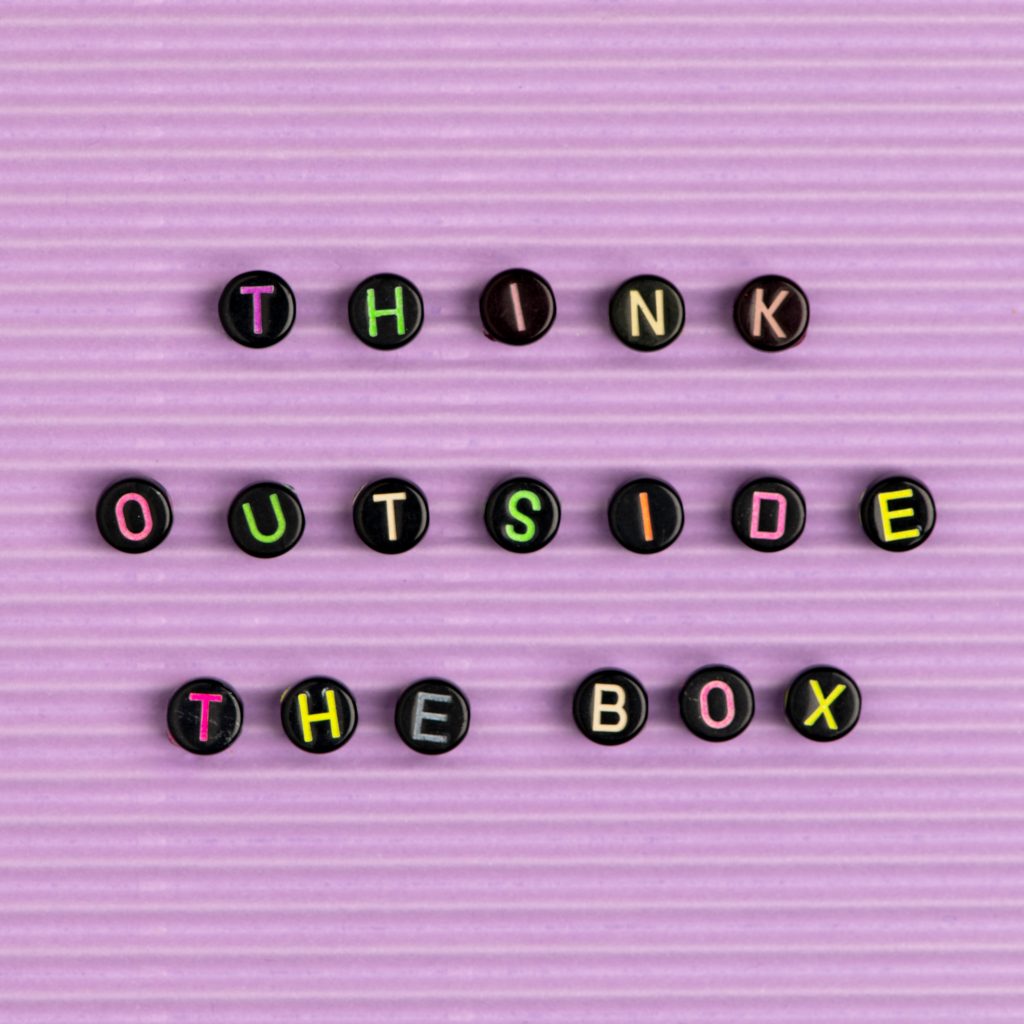In today’s world, people are living longer, working later, and creating workplaces where the age gap between colleagues could rival a Thanksgiving dinner table. Right now, we’re looking at four—sometimes even five—generations clocking in together. It’s a wild mix, but also a golden opportunity to share wisdom, swap skills, and find common ground.
The big question is: how do you turn this multigenerational mash-up into a dream team instead of a daily sitcom? Let’s explore how to make it work!
Decoding Generational Traits

Sure, no one likes to be put in a box, and it’s important to be mindful of stereotyping, but understanding broad generational traits can still offer valuable insights for teamwork and leadership. Here’s the lowdown on the major players in today’s workforce and what makes each group tick:
Baby Boomers (1946–1964): The OG go-getters. Boomers bring optimism, a drive for growth, and a deep connection to their careers. They value self-improvement, ambition, and status—but don’t underestimate their motivation to leave a legacy.
Generation X (1965–1979): The low-key pragmatists. Gen Xers prize stability, focus on essentials, and are champions of work-life balance. They’ve mastered the art of getting it done without losing their chill.
Millennials (1980–1995): The boundary-blurring multitaskers. Millennials, aka Gen Y, are tech-savvy, flexible, and highly adaptable. They mix work with play, are career-focused, and love to ask why?—because they’re driven by purpose.
Generation Z (1996–2010): The unapologetic boundary-setters. Gen Z draws a firm line between work and leisure, prioritizing personal fulfillment, sustainability, and security. These digital natives know their worth and expect companies to meet them where they are.
What Exactly Is a Generation?
Social scientists have defined a generation as a group of people living during the same period, shaped by shared experiences and societal developments. (National Academies of Sciences, Engineering, and Medicine, 2020)
These influences—whether economic, cultural, or political—tend to create common values, attitudes, and perspectives. But here’s the catch: generations aren’t fixed categories. They’re dynamic constructs shaped by external circumstances, the group itself, and interactions with other generations.
In this sense, generations are always evolving, acting as both catalysts of change and responders to it.
While the concept of generations helps us spot trends and tendencies, it’s far from one-size-fits-all. Factors like ethnicity, socio-economic status, and individual experience add layers of complexity.
And let’s not forget: no generation is a monolith. Living in the same era doesn’t mean everyone shares the same mindset. Coexisting in time is messy—but that’s what makes it fascinating.
Different Ages, Different Values? Potential Conflicts Between Generations

Generational conflicts can pose real challenges for companies. Identifying potential friction points requires awareness and proactive strategies. Common areas of tension between generations like Boomers and Gen Z include differing attitudes toward work, the desire for flexibility versus traditional structures, and varying interpretations of work-life balance. Hierarchy and team communication are often major sources of contention.
Another key issue revolves around how individuals perceive their job. For some, work is a core part of their identity, while for others, it’s simply a means to an end. These differing mindsets can lead to disagreements about norms, such as expectations around overtime or calls outside of work hours. To navigate these challenges, leaders and team members must collaborate to find compromises, ensuring fair treatment for everyone, regardless of generation.
Millennials and Gen Z often prioritize flexible work conditions, both in terms of location and methodology. By contrast, older generations or long-term employees may feel more at ease within established structures, such as fixed schedules or traditional processes. For example, Gen Z might push for digital tools to replace legacy filing systems, sparking resistance among older employees who value familiarity. Open discussions about proposed changes like these are crucial. Teams should weigh the pros and cons together, ensuring all voices are heard and decisions account for everyone’s needs.
Generations define work-life balance differently. Boomers, for instance, often emphasize security and professional growth, while millennials tend to blur the lines between work and leisure, engaging in “work-life blending” by handling emails or calls outside standard hours. Meanwhile, Gen X and Z prefer stricter boundaries; when they’re offline, they expect their downtime to be respected. To promote harmony, teams need clear, consistent rules around boundaries and communication, ensuring fairness and mutual understanding.
Generational differences in communication styles are another common source of conflict. These often involve both the tone of interaction within the team and the choice of communication tools. Boomers and Gen X generally favor face-to-face interactions, while millennials often rely on email, and Gen Z leans toward quick messaging apps or chats. While these tools can boost efficiency, they can also lead to miscommunication or an unstructured information flow. The key is choosing the right tool for the context while balancing team preferences with practical needs. Additionally, tone and communication etiquette—whether in meetings, emails, or chats—play a significant role in facilitating a respectful environment. Establishing a consistent communication style or creating a team etiquette guide can help everyone feel comfortable and valued.
Finally, generational differences extend beyond work-related issues. Topics such as politics, sustainability, or lifestyle choices can spark disagreements, especially when they touch on personal identity or deeply held beliefs. While navigating such differences can be tricky, finding common ground or mutually acceptable compromises can foster stronger team relationships and build mutual respect.
Take sustainability as an example. The team might agree to minimize printing whenever possible, without imposing an outright ban, balancing practicality with environmental consciousness. For any type of conflict, open communication is key. Engaging in candid conversations, pinpointing areas of friction, and collaboratively crafting solutions that everyone can accept ensures a more harmonious and productive work environment.
Five Tips for Bridging Generational Gaps at Work

Show Respect for Every Generation
The biggest contrasts usually crop up between the seasoned pros (older generations) and the fresh-faced newcomers (hello, Gen Z!). Older generations might see younger workers as overly confident or lacking loyalty, while Gen Z might wonder why their colleagues are still printing everything. Break down these stereotypes by cultivating a culture of openness. If tensions arise, encourage direct conversations between employees—not gossip sessions behind closed doors.
Address Friction Head-On
Let’s face it: no team is immune to friction. The key is addressing it early and with intention. Establish clear, consistent rules for everyone— things like when it’s okay to message a colleague after hours or how social media is used for work vs. personal life. Leaders set the tone here by aligning team expectations and making sure everyone plays by the same rulebook.
Find Common Ground
When differences divide, shared goals unite. Look for ways to highlight what your team has in common, whether it’s a shared passion for the company’s mission, similar hobbies, or a mutual love of coffee breaks. Team-building activities, workshops, or even a “Generations Workshop” can help spark these connections. Use these opportunities to explore shared values across the team— and have some fun while you’re at it!
Mix It Up with Diverse Teams
Want to supercharge collaboration? Build age-diverse project groups. Not only do these groups bring fresh perspectives, but they also highlight how every generation contributes to success. Celebrate these wins! Share stories of intergenerational teamwork on your company intranet or in meetings, emphasizing the unique strengths each person (and generation) brought to the table.

Share Knowledge Across the Gaps
Every generation has something to teach. Older team members bring deep expertise, patience, and a solid professional network. Younger colleagues? They offer tech-savviness, fresh ideas, and a knack for adaptability. It is important that the transfer of knowledge within the company always takes place in both directions. Whether it’s capturing legacy workflows on video or learning about the latest social media trends, both sides win when everyone is open to learning. Mutual mentoring is a powerful way to bridge the gap. Younger employees can offer insights into current trends, while seasoned workers provide wisdom and perspective.
Bonus: This also helps your team better understand potential target audiences for future generations to come.
BTW: Generational learning isn’t just about work styles—it’s about life skills too! Older colleagues can offer insights into coping with stress and timeless values like patience and loyalty.
Meanwhile, fresh perspectives on work-life balance, adaptability, and the power of networking remind us there’s always something new to learn!
When teams actively embrace intergenerational learning, they don’t just strengthen their company culture— they create a workplace where everyone feels valued, no matter their age. And that’s the kind of workplace that thrives.
Wrap Up
Leading a multigenerational team isn’t just a leadership skill—it’s an art form in today’s fast-paced world. With every new generation that steps into the workforce, fresh values, innovative ideas, and yes, new challenges come along for the ride.
The big secret?
Stay adaptable, find common ground, and keep learning from each other! We know you’ve got it in you!

